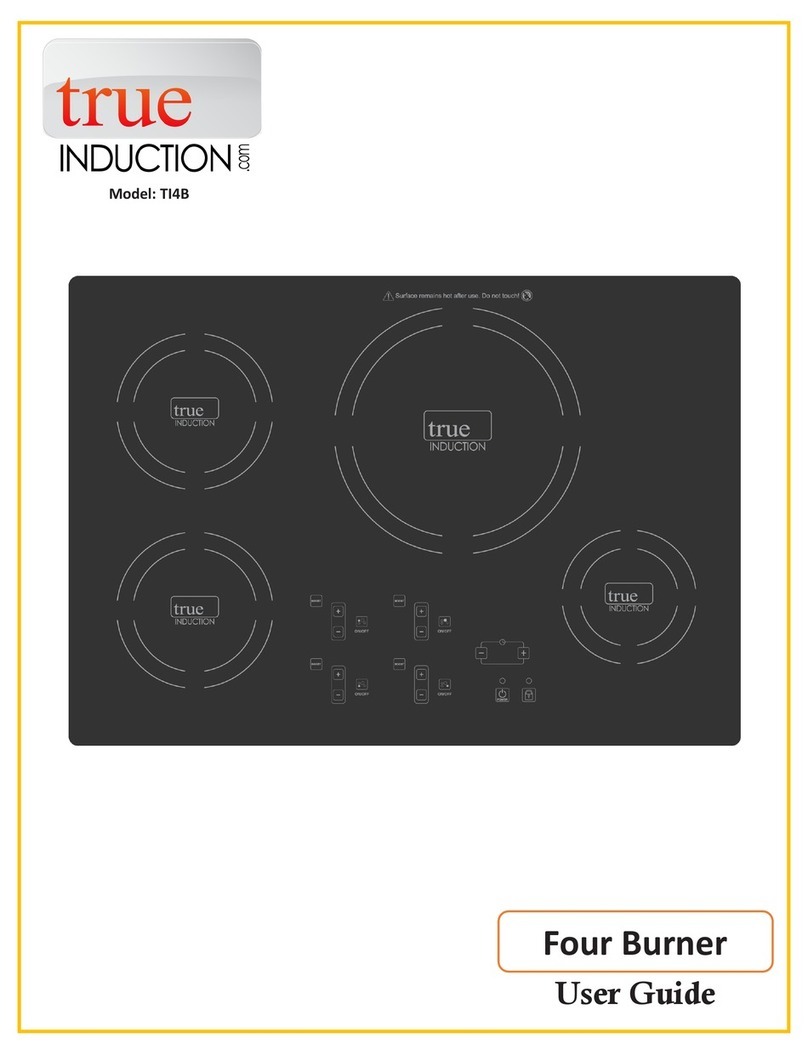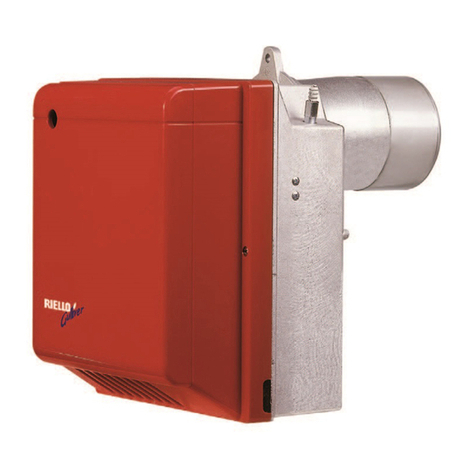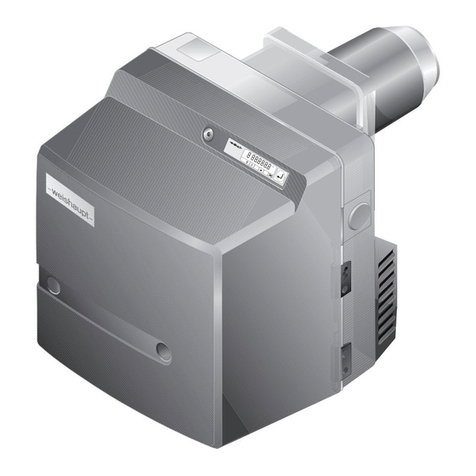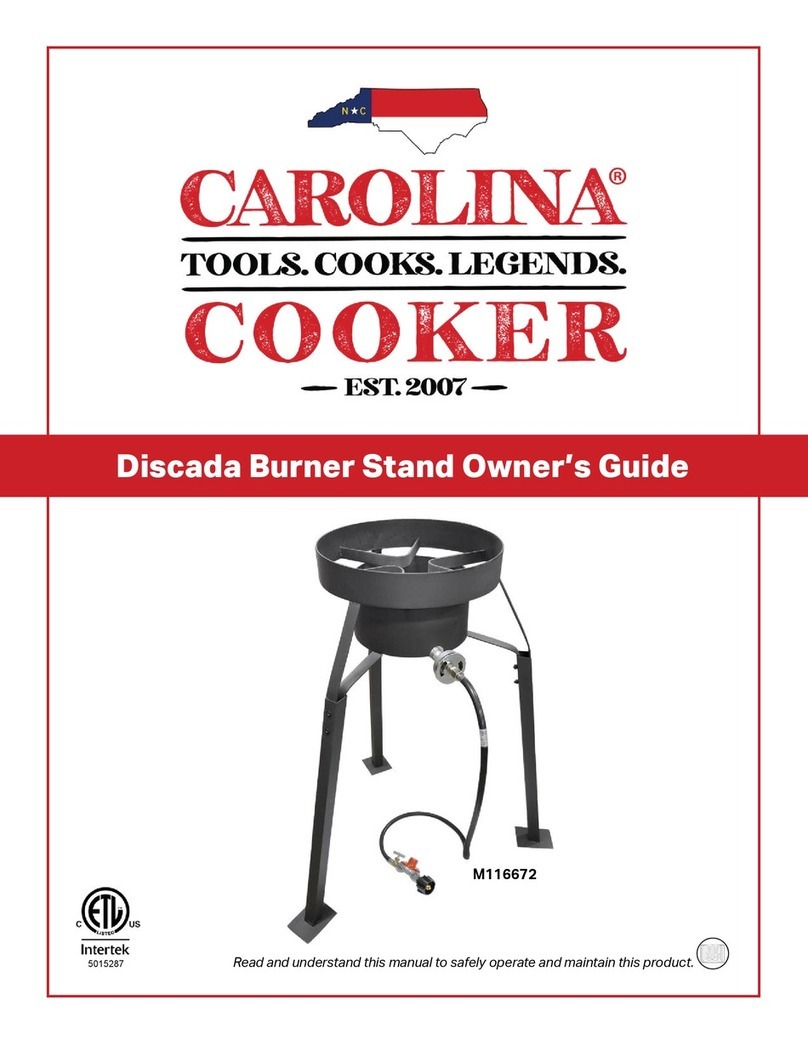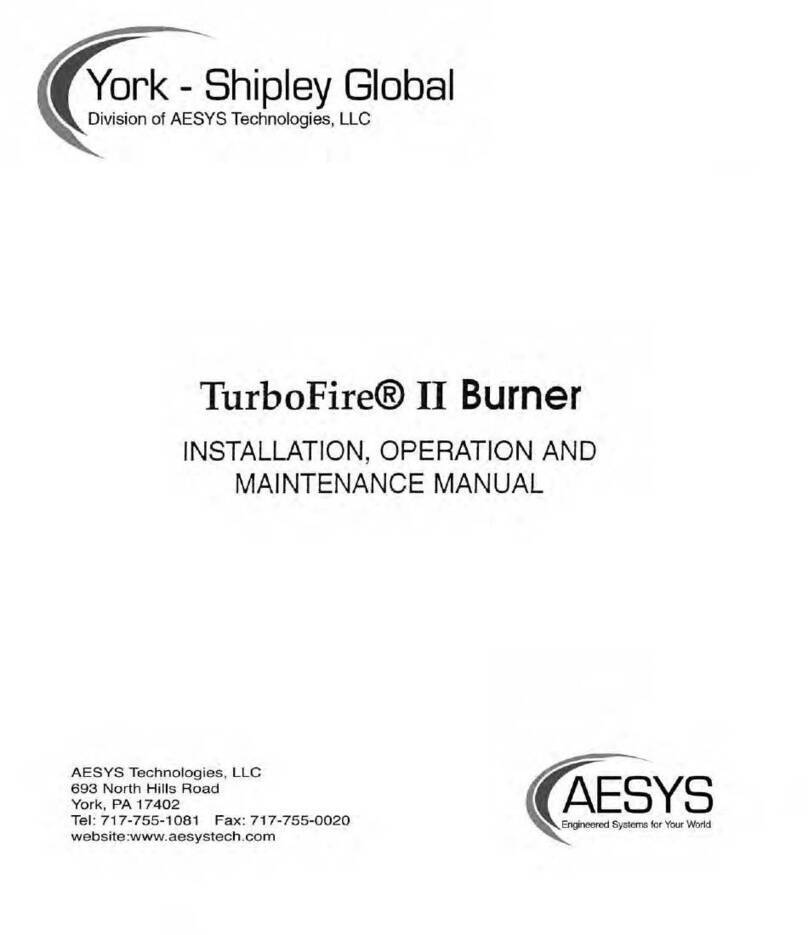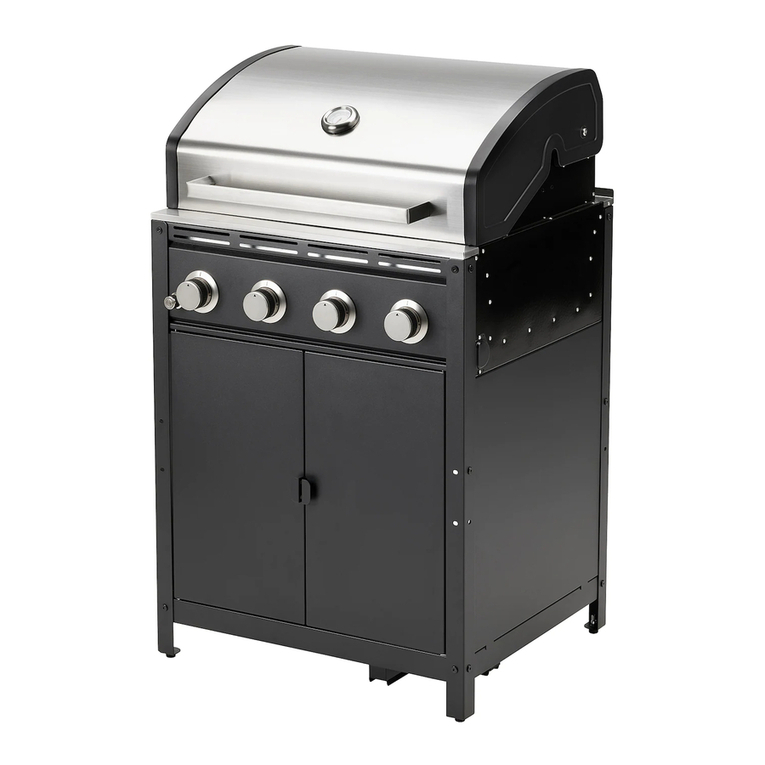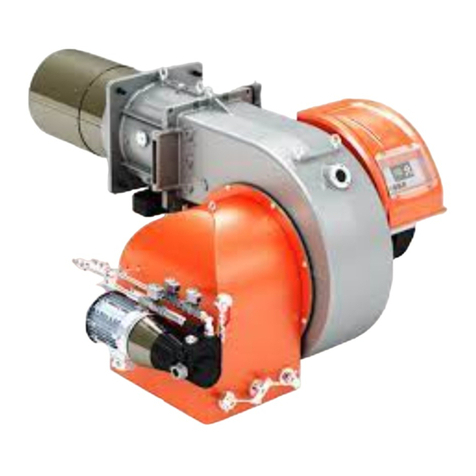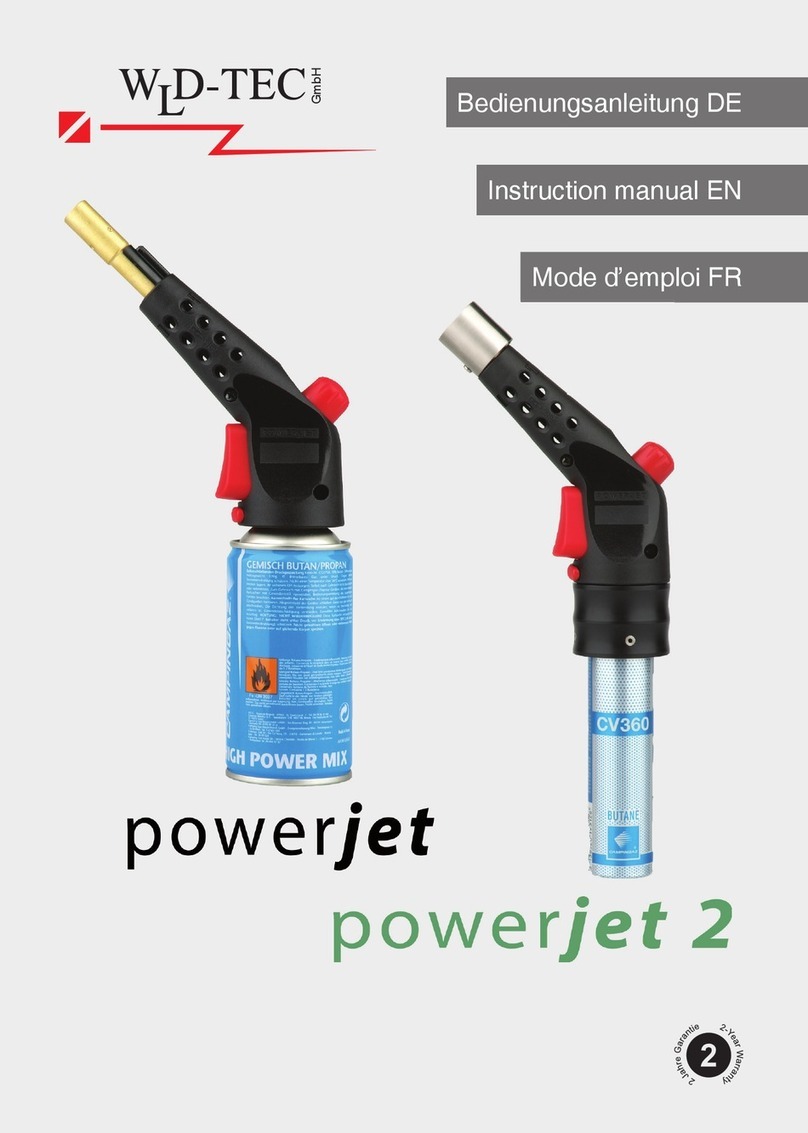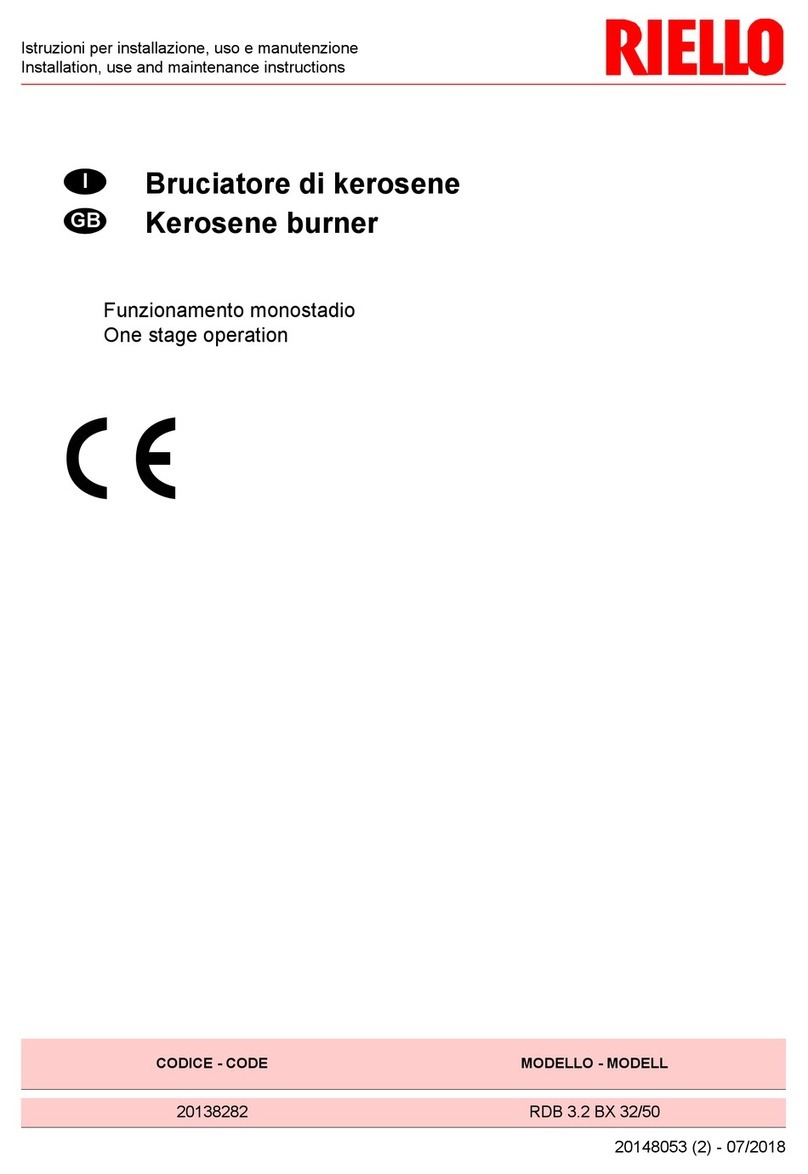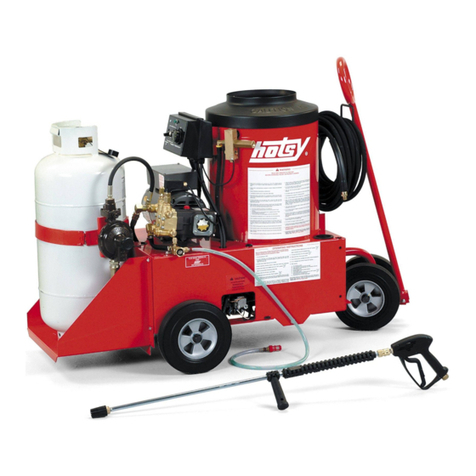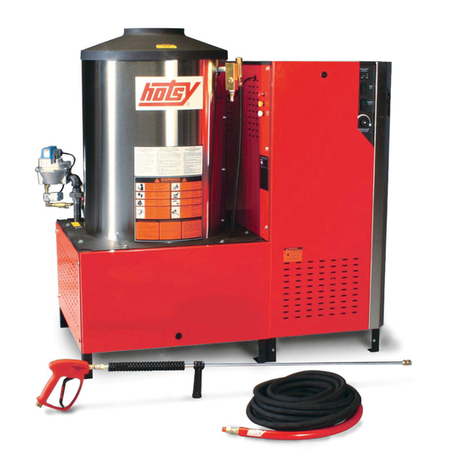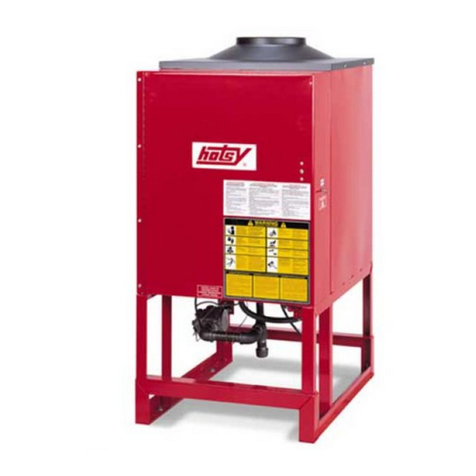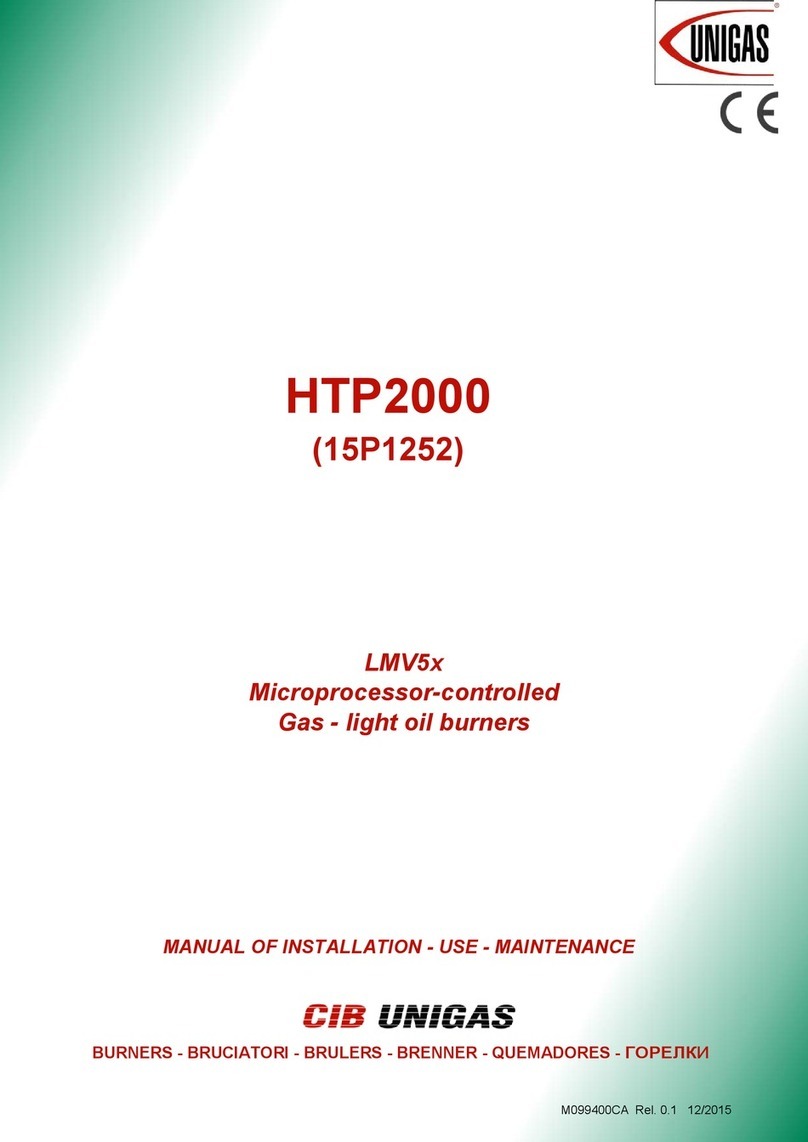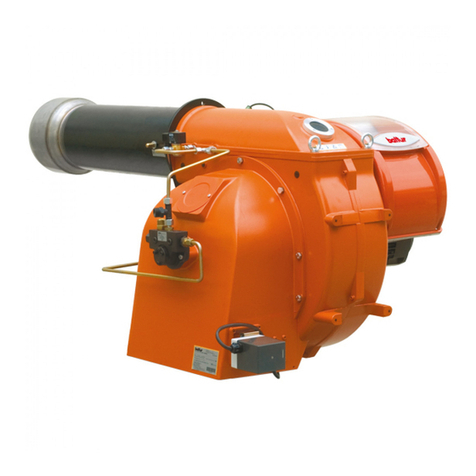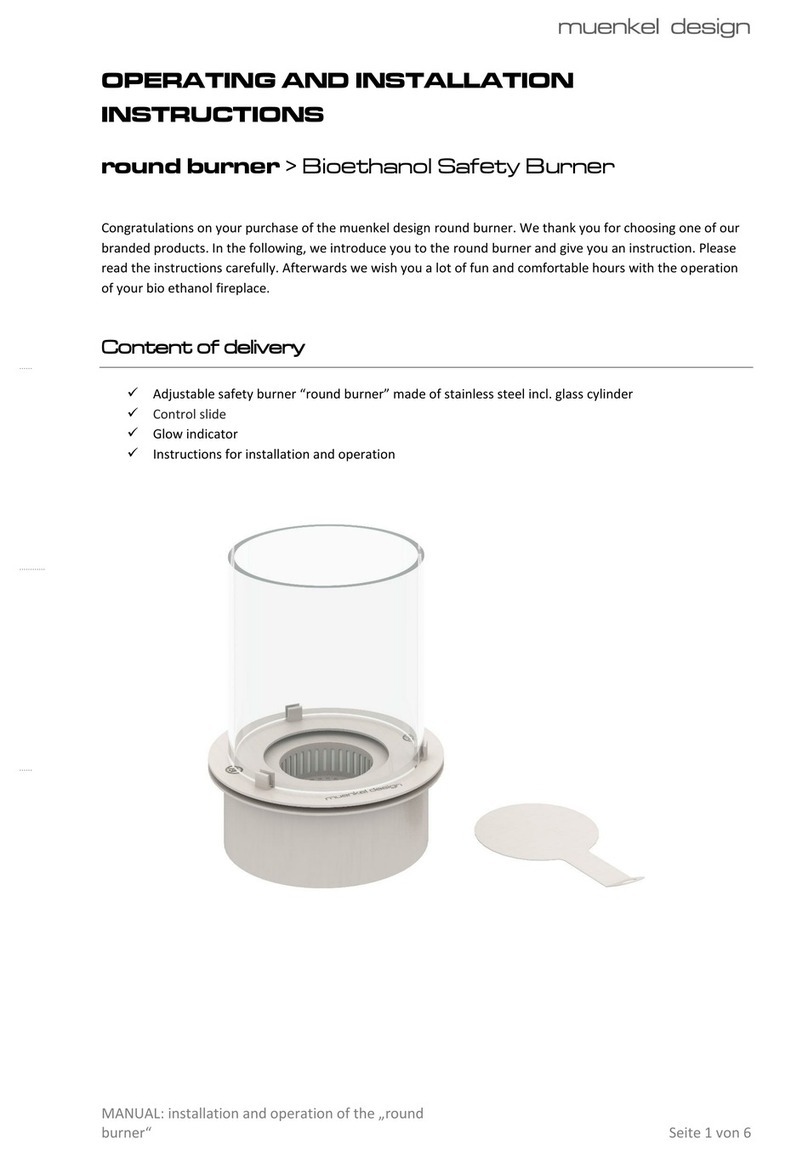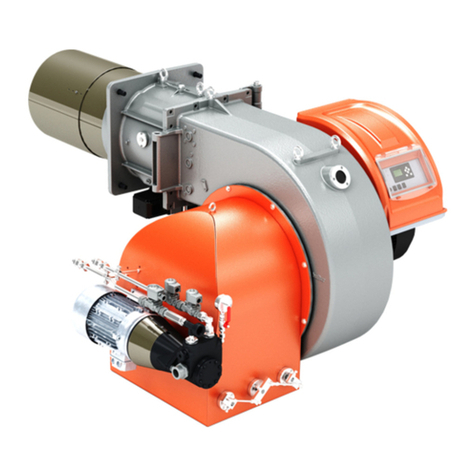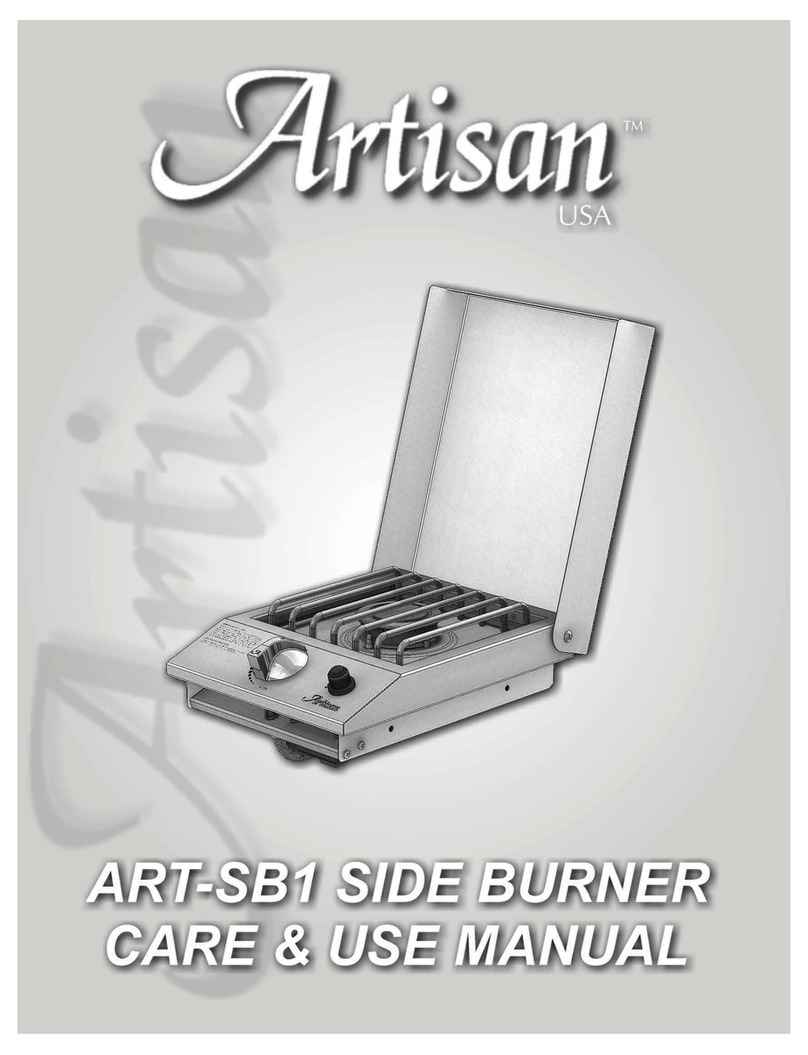
6
Safety
IMPORTANT SAFETY INFORMATION
WARNING: To reduce the risk of
injury, read operating instruc-
tions carefully before using.
AVERTISSEMENT: Pour réduire le
risque de blessures, lire atten-
tivement les instructions de
fonctionnement avant
l'utilisation.
1. Read the owner's manual thoroughly. Failure to
follow instructions could cause malfunction of the
machine and result in death, serious bodily injury
and/or property damage.
Read owner’s manual of attached pressure washer
before operating.
2. Stay alert — watch what you are doing.
3. All installations must comply with local codes.
Contact your electrician, plumber, utility company
or the selling dealer for specific details.his product
should be connected to a power supply protected
by a GFCI. Use copper conductors only for elec-
trical connections.
WARNING: Flammable liquids can
create fumes which can ignite
causing property damage or
severe injury.
AVERTISSEMENT: Des liquides
inflammables peuvent produire
des vapeurs qui peuvent
s'enflammer, causant ainsi des
dommages à la propriété ou des
blessures graves.
WARNING: Do not use gasoline, crankcase
drainings or oil containing gasoline, solvents or
alcohol. Doing so will result in fire and/or explo-
sion.
AVERTISSEMENT: Ne pas utiliser d'essence, de
drainage du carter de moteur ou d'essence
contenant de l'huile, de solvants ou de l'alcool. Agir
de la sorte risquerait de créer un incendie et/ou une
explosion.
WARNING: Risk of Explosion. Do
not spray flammable liquids.
Operate only where an open flame
or torch is permitted.
AVERTISSEMENT: Risque
d'explosion Utiliser uniquement
dans des endroits où l'utilisation
d'une flamme nue ou d'une torche
est permise.
4. This oil burning machine shall be installed only in
locations where combustible dusts and flammable
gases or vapors are not present.
5. In these oil burning models, use only kerosene, No.
1 home heating fuel, or diesel.
DANGER: Keep wand, hose, and
water spray away from electric
wiring or fatal electric shock may
result.
DANGER: Garder la lance, le
boyau et le jet d'eau à l'écart de
tout câblage électrique ou des
chocs électriques mortels
pourraient survenir.
6. To protect the operator from electrical shock, the
machine must be electrically grounded. It is the
responsibility of the owner to connect this machine
to a UL grounded receptacle of proper voltage and
amperage ratings. Do not spray water on or near
electrical components. Do not touch machine with
wet hands or while standing in water. Always
disconnect power before servicing.
WARNING: Spray gun kicks back
— hold with both hands.
AVERTISSEMENT: Le pistolet
pulvérisateur peut présenter un
risque de retour; le tenir avec les
deux mains.
7. Grip cleaning wand of the
attached pressure washer
securely with both hands before
starting the cleaner. Failure to do this could result
in injury from a whipping wand.
READ OPERATOR’S
MANUAL THOROUGHLY
PRIOR TO USE.
OPERATIONS
SAFETY
MAINTENANCE
WARNING
RISK OF FIRE.
DO NOT USE WITH
FLAMMABLE LIQUIDS
DANGER
KEEP WATER
SPRAY AWAY FROM
ELECTRICAL WIRING.
WARNING
RISK OF EXPLOSION:
OPERATE ONLY WHERE
OPEN FLAME OR TORCH
IS PERMITTED
WARNING
TRIGGER GUN KICKS
BACK — HOLD WITH
BOTH HANDS
9450 / 9460 Operators Manual - Oil Fired 8.914-364.0 - G


